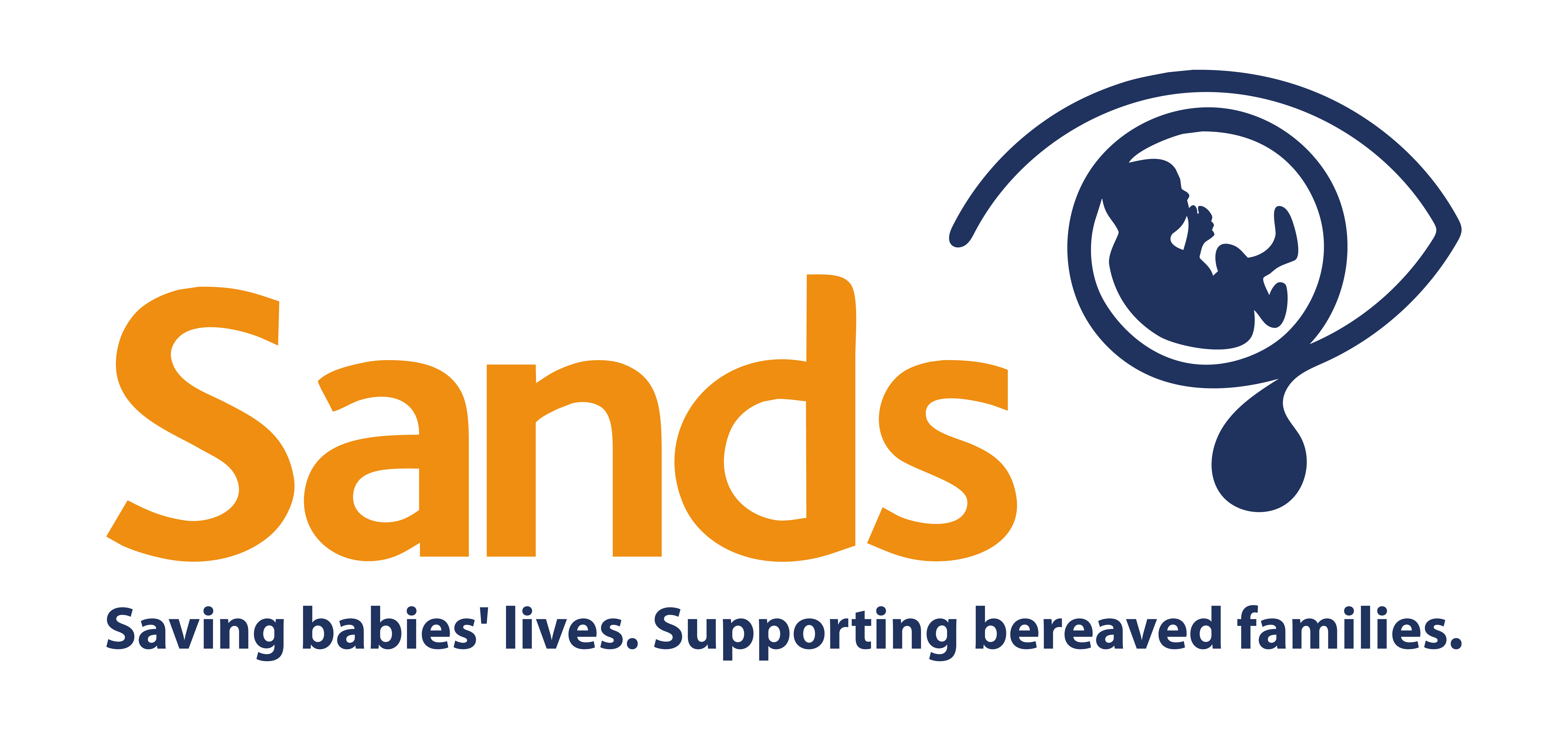The need for good bereavement care has been up front and centre these last few weeks.
You will have seen I’m sure the #15babiesaday initiative which was the centrepiece of Sands Awareness Month throughout June. This highlighted that approximately every 90 minutes, in the time it takes to watch a football match, a baby dies in the UK. In broad terms this is 15 every day, 5,000 in any year. That’s 5,000 deaths, 5,000 bereaved families, 5,000 times bad news has to be broken.
Although the MBRRACE report published this month encouraged us that the stillbirth rate is gradually decreasing, it reminded us that it is still way too high. There is still a huge amount of work to be done to reduce the number of babies dying and to improve the care given to those families whose babies sadly die.
And that work continues.
National Bereavement Care Pathway (NBCP)
Firstly with the development of the National Bereavement Care Pathway. Over the past month we’ve been working hard to secure agreement with 11 hospital trusts around England who will pilot the pathway for us later this year. We’ve also been working with a number of interested parties to ensure that we have a robust evaluation framework in place to measure the impact and effectiveness of the NBCP. I am hopeful that I can share details of both these workstreams in my next blog. Furthermore we’ve had the opportunity to raise awareness of the development of the pathway at the RCM/Sands conference in Northern Ireland, the Each Baby Counts event in London, the MBRRACE event in Edinburgh, at the Healthy London Partnership event on Child Death Overview Panels in London and at a study day at Queen’s Hospital in Romford.
Perinatal Mortality Review Tool
Secondly, with the development of the Perinatal Mortality Review Tool ensuring that a consistent approach is taken to the review of baby deaths and to give the best possible chance to learn medical and other lessons that can be applied nationally as well as locally.
Maternity Bereavement Experience Measure
Thirdly, with the launch of the Maternity Bereavement Experience Measure which gives a voice to parents and enables health professionals to (sensitively) capture the views of parents about the bereavement care they have received when their baby died, in order to promote best practice and inform service improvements for others who are subsequently bereaved.
These are encouraging times and I’m sure we are headed in the right direction, but still, there is more to be done to achieve equity of bereavement care across the country for all parents regardless of who and where they are. Together with everyone’s support and engagement, we will achieve it.

